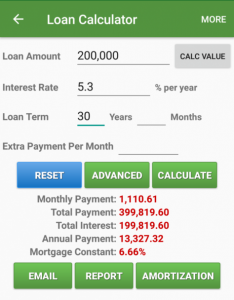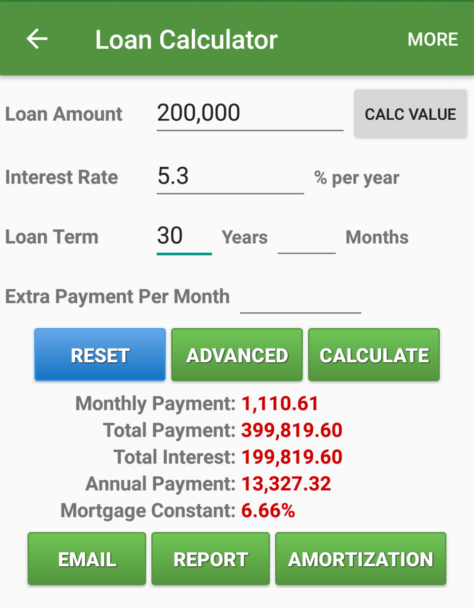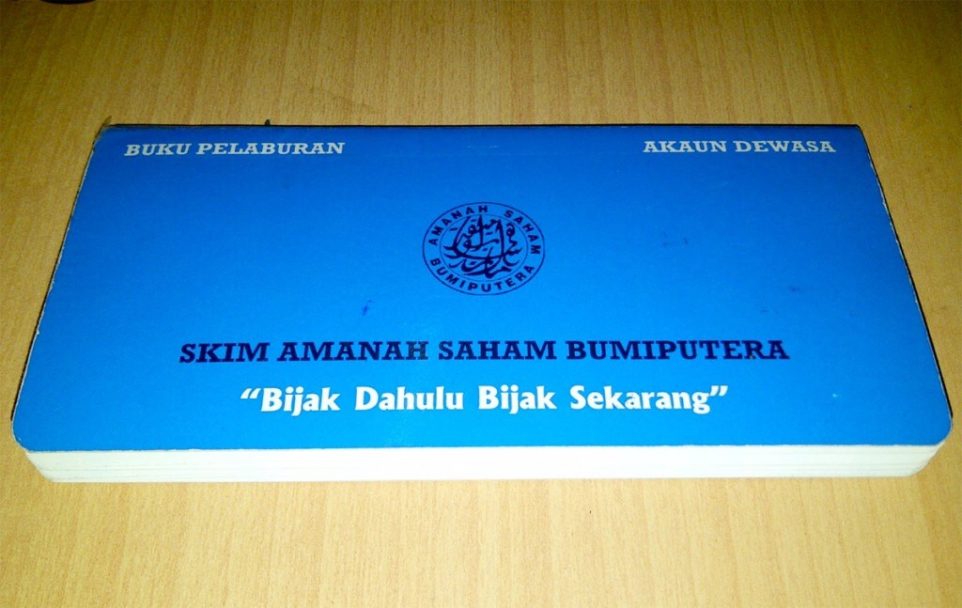What is ASB Financing (ASBF)?
ASB Financing is an investment loan facility provided exclusively for Bumiputeras. When you use the ASB Financing facility, you’re borrowing money from selected ASB bank agents. This borrowed money is then used to purchase ASBF investment certificates. There’s no scenario where you use the ASBF facility and receive a sum of money from ASB Financing. The maximum limit for ASB Financing is RM 200,000.
Requirements and Documents Needed to Apply for ASB Financing / ASB Loan

-
- Only Malays / Bumiputeras aged 18 and above
- Fixed income with a minimum of 3 months’ payslips. For business owners, company statements must be provided for a minimum period of 6 months.
- Latest 2017 EPF statement.
- Clean CCRIS record. If you have a poor CCRIS record, clear it within 6 months.
- Debt service ratio not exceeding 60% for individuals earning below RM 3000 and 85% for those earning RM 3000 and above.
- For those who are unemployed but have monthly income, a family member with a fixed income can be a joint applicant.
- Copy of identification card
- Latest ASB account statement
Teknik Pelaburan ASB Financing oleh ASB Genius (dihasilkan oleh Tuan Khairul Ezuwan Yusoff)
These investment techniques were introduced by Mr Khairul Ezuwan Yusof in his ebook, ASB Genius. He introduced two techniques in his ebook.
Technique 1: Compounding Technique
This technique is suitable for investors who are committed to paying monthly ASB Financing instalments. It’s also suitable for those who want to have a monthly savings and investment fund. For example, Aidil is an individual earning RM 5000 and he’s eligible for ASB Financing of RM 200,000. The bank’s profit rate is 5.3% per annum for a 30-year term. The monthly instalment to be paid is RM 1,110.61 (refer to the image below). The average ASB dividend is estimated at 7% per annum.

Aidil is committed to paying RM 1,110.61 to the bank every month. He never withdraws his ASB dividends. He’s committed to paying instalments for 5 years.
Here’s the calculation of his accumulated dividends:


After 5 years, Aidil’s ASB Financing investment and accumulated dividends amount to RM 280,510. Also after 5 years, Aidil cancels his investment certificate and his remaining debt with the bank is RM 184,425 (refer to the image above).
Aidil’s profit in the 5th year is: RM 280,510 – RM 184,425 = RM 96,805
In conclusion, with a modal instalment payment of RM 1,110.61 for 5 years, Aidil has paid a total of RM 66,636.6 (RM 1,110.61 x 12 months x 5 years). However, in the 5th year, he has also gained a profit of RM 96,805. Interesting, isn’t it?
Technique 2: Dividend Rolling Technique
This technique transforms your small savings into a large investment without requiring monthly commitments in the second year. To use this technique, you need capital to pay ASB Financing instalments for the first year.
For example, Aidil is an individual earning RM 5000. He’s eligible for ASB Financing of RM 200,000. The bank’s profit rate is 5.3% per annum for a 30-year term. The monthly instalment to be paid is RM 1,110.61 (refer to the image below).

The total monthly instalments he needs to pay for a year is RM 13,327.32. For the first year, Aidil pays the ASB Financing instalments using his own money. At the end of the year, the ASB dividend is estimated at 7% per annum and Aidil receives a dividend of RM 14,000. The accumulated investment in the second year is RM 214,000. The first year’s dividend is withdrawn and used to pay ASB Financing instalments in the second year. The remaining investment in the second year is RM 200,673. Here’s the complete calculation of Mr Aidil’s investment:


In the 5th year, Mr Aidil’s accumulated ASBF investment is RM 219,094 and his remaining ASBF debt is RM 184,425. If he surrenders his ASB certificate, he profits RM 219,094 – RM 184,425 = RM 34,669.
In conclusion, with this technique, you only need to pay instalments in the first year and let your money grow for subsequent years without having to pay instalments. There are several more techniques that will be discussed in the next article. Can’t wait to know? Wait for the next article…

